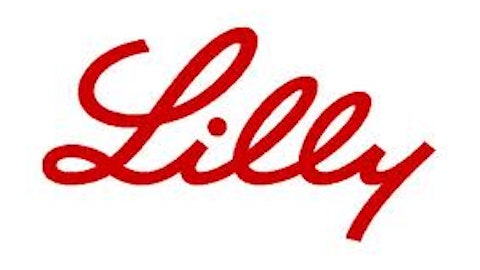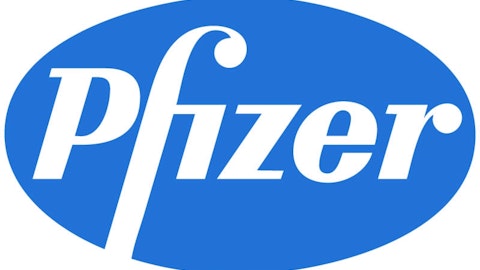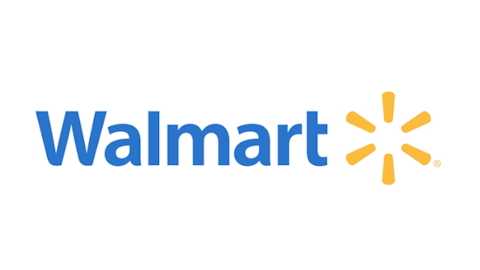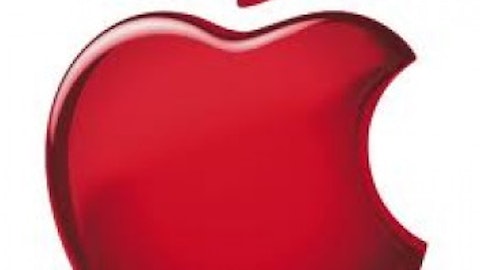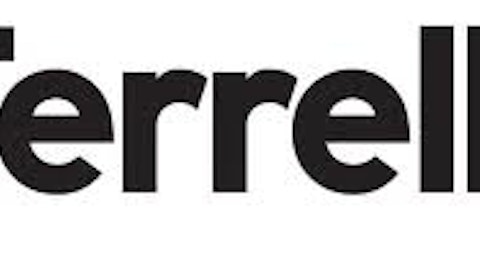Investing in the health care sector isn’t easy. Where do you start out? From medical device companies to big pharma to small biotech firms bristling with boom-or-bust prospects, it’s tough for investors new to this sector to understand the intricacies unique to health care. Fortunately, there’s an easy place to look for blue-chip, tried-and-true stocks: the Dow Jones Industrial Average.
Four big-time health care stocks call the Dow home, but which one is the best pick for your money? In this five-part series, we’ll take an in-depth look into why each health care stock on the Dow is worth investing in — and in the final installment, we’ll select a winner. Yesterday we explored the workings of the sector’s colossus, Johnson & Johnson; today, let’s have a look at one of big pharma’s top players: Pfizer Inc. (NYSE:PFE).
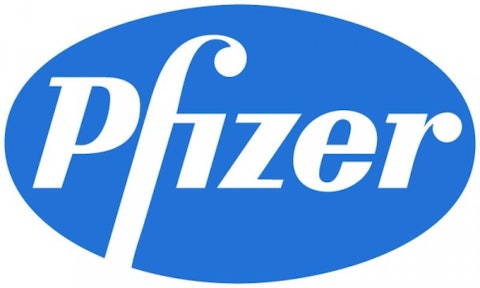
While past performance is no indicator of the future, Pfizer’s certainly been making investors happy recently. The stock has gained more than 28% over the past 52 weeks and nearly 7% since the start of 2013. Since 2007, Pfizer’s stock has outperformed both the S&P 500 index and its peer group of major health care corporations; for long-term investors, this has been a hit.
Recent gains have come despite falling revenue due to patent expirations on top-selling drugs, and with the recent spinoffs of its animal health business and infant nutrition business , Pfizer’s been anything but a model of stability. Still, gains are gains.
This isn’t just a growth stock, however — dividend investors should love Pfizer. The company’s 3.5% dividend yield ranks among the best yields in the Dow, and Pfizer’s 45% payout ratio still leaves the company leeway to maintain its dividend even if hard times come around. Since Pfizer’s mainly focused on pharmaceuticals — as opposed to broad behemoths like Johnson & Johnson (NYSE:JNJ) — it’s more vulnerable to risks such as patent expirations, generic competition, and failed clinical trials.
Still, dividend investors shouldn’t worry: After all, Pfizer is one of the health care sector’s biggest players. That’s good, because patent expirations have been taking their toll recently.
The here and now of Pfizer’s portfolio
Pfizer’s revenue fell around 10% last year, and you can thank the loss of patent protection for major blockbuster drug Lipitor, among others, for that. Cholesterol-fighting Lipitor — once the best-selling drug in history — saw sales fall around 59% last year; despite that, it still ranked as Pfizer’s second-leading seller. However, this company will have to find other routes to future growth with Lipitor over the hill.
Fortunately, Pfizer’s best-selling drug in 2012, Lyrica, won’t face its own patent expiration until 2018. Lyrica’s sales grew by more than 12.5% last year, and with Pfizer testing the drug against new indications, such as for epilepsy patients, it could be primed to grow even more. With more than $4 billion in sales already, Lyrica is one of the key moneymakers for Pfizer’s next few years.
But it’s hardly the only drug on the market that’s making waves — and isn’t staring down the barrel of the patent cliff. Pfizer’s pneumococcus vaccine family of Prevnar-13 and Prevenar-13 has grown from receiving FDA approval in 2010 to $3.7 billion in sales in 2012. The vaccine’s been a great growth story that’s fueling the company’s revenues, and with peak sales of $5 billion to $6 billion expected by 2015, it’ll team up with Lyrica to power Pfizer Inc. (NYSE:PFE) past Lipitor’s losses and the patent cliff’s toll. Investors should keep an eye on Prevnar-13: Earlier this year, the vaccine picked up European approval for expanded use in children and adolescents between the ages of six and 17, a move that should boost its sales abroad.
